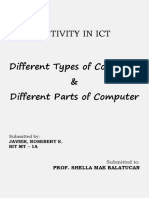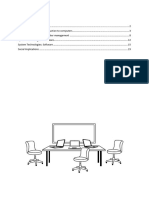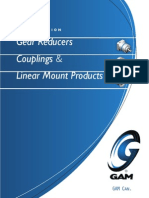0% found this document useful (0 votes)
10 views10 pagesDay 01 - Types of Computers
Types of computers for igcse syllabus 2024
Uploaded by
shongwet186Copyright
© © All Rights Reserved
We take content rights seriously. If you suspect this is your content, claim it here.
Available Formats
Download as PDF, TXT or read online on Scribd
0% found this document useful (0 votes)
10 views10 pagesDay 01 - Types of Computers
Types of computers for igcse syllabus 2024
Uploaded by
shongwet186Copyright
© © All Rights Reserved
We take content rights seriously. If you suspect this is your content, claim it here.
Available Formats
Download as PDF, TXT or read online on Scribd
/ 10




















































































